England kit row: What other kit and logo controversies have there been?
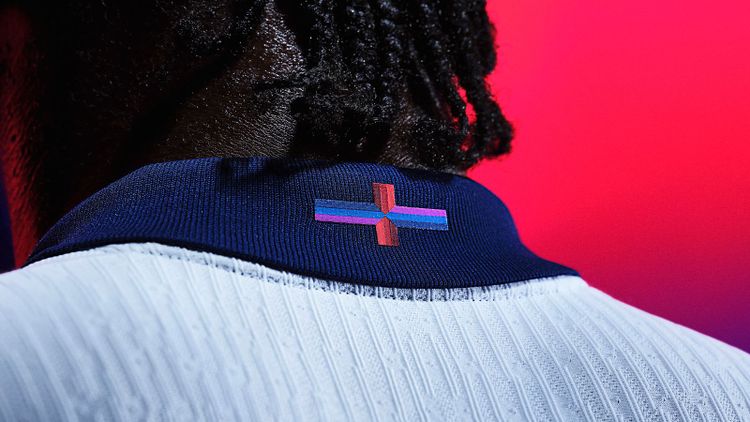
Nike's recent redesign of the St George's Cross on England's new kit has caused some controversy. However, this is not the first time that a logo change has caused a commotion.
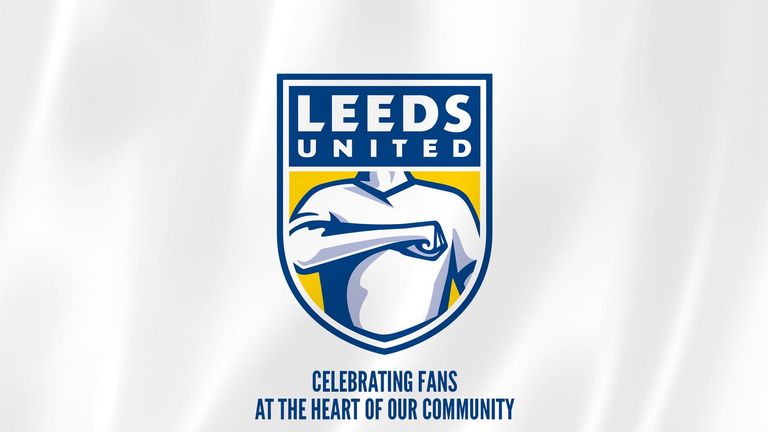
The dispute grew more intense on Friday after Conservative leader Rishi Sunak cautioned against tampering with the national flag.
The American sports brand received criticism from Labour leader Sir Keir Starmer due to the new symbol on the England shirt which displays a cross in purple, blue, black, and red at the back.
At the same time, the Labour representative in charge of the legal matters spoke to Sky News and stated that Nike wouldn't alter the Welsh flag's dragon into a harmless feline.
Nike's recent redesign has caused some controversy, but this is not the first time that sports teams have faced some pushback over changes to their logos, team kits, or badges. Let's take a look at some of the most well-known disputes that have arisen.
On the crest of Leeds United rests the emblematic white rose of Yorkshire, representing a county rich in heritage and renown for its strong sense of identity.
In 2018, the Italian owner of the club made a bold move by deciding to completely change up the Leeds United badge. This decision was definitely a risky one.
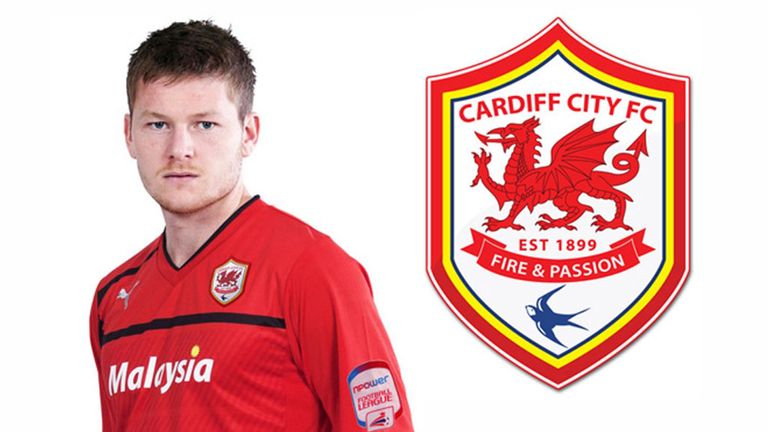
The old emblem featuring the Yorkshire rose along with the blue and yellow crest design that had been in use since 1998 were replaced. Instead, a new design featuring a man with his arm across his chest in a gesture referred to as a "Leeds Salute" was introduced.
Even though it was said that the recently chosen symbol had been picked after consulting with 10,000 individuals linked to the team, it caused an immediate backlash. Within a day, a petition opposing the emblem garnered over 50,000 signatures.
After consulting with the fans, the ownership of the club reverted back to them. They decided to abandon the idea of the new "Leeds Salute" badge and instead brought back the old badge of the club.
In the English football league, over 50% of clubs have either red or blue as their dominant color. Due to the sport's rich history and deep-rooted tradition, it is extremely rare to see teams switching between these colors.
In 2012, the owner of Cardiff City, Vincent Tan, decided to change the club's well-known bluebird symbol and replace it with a Welsh dragon.
The businessman from Malaysia altered the team's attire by switching the original blue shade to red. This marked the first instance the Bluebirds didn't sport their customary color in a century.
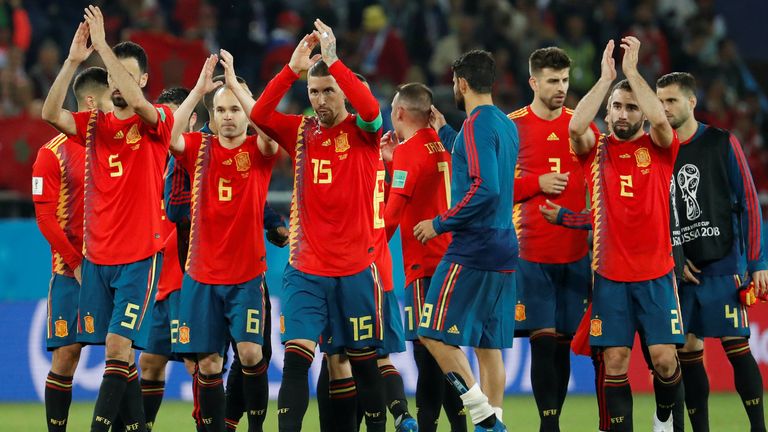
Back then, the idea was to attract a wider range of "global markets" and exhibit the meaningful blending of Welsh and Asian cultures by incorporating the color red and prominently highlighting a Welsh dragon with significant historical significance.
Fans were very angry about the decision. At first, Mr. Tan was not willing to change his mind and insisted that the kit would not return to blue while he was in charge.
Nonetheless, even though the fans continued to apply pressure, he eventually yielded and consented to revive the team's customary colors and emblem in the year 2015.
There are other national teams besides England that have experienced issues with their uniforms.
Adidas, a popular sports clothing brand from Germany, caught a lot of negative feedback in the year 2017. This was because people accused them of making the colors of the Spain national team's jersey too similar to the flag of the old, Second Republic of Spain instead of the current national flag.
The Second Republic of Spain lasted for eight years, starting in 1931 and ending officially when Francisco Franco, a leader of the nationalist movement, won the Spanish Civil War in 1939. This war caused widespread destruction and devastation.
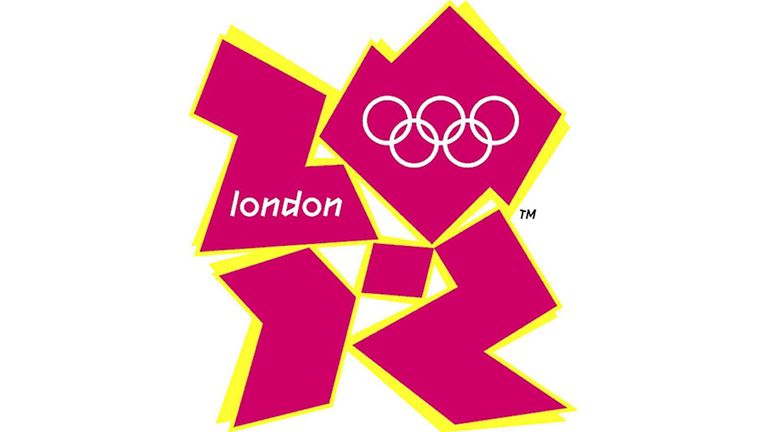
In Spain's flag, there is a purple stripe located at the bottom of the red and yellow bands, and some people who criticize the national team shirt see a similarity with the addition of purple on the shirt.
Adidas firmly rejected the idea that the shirt design had any political connotations. They stated that it was meant to be a tribute to Spain's 1994 World Cup shirt.
To make matters worse, Spain was eliminated from the 2018 World Cup in the round of 16 while donning the kit and was defeated by the host team Russia through a penalty shootout.
The logo created for the Olympics in London that took place in 2012 gained a lot of attention due to both its controversial and comedic nature.
To begin with, the brand symbol worth £400,000, which was created by the consultancy firm Wolff Olins, received negative feedback in various surveys when it was initially introduced.
The logo had rough edges that were likened to Lisa Simpson, which made fun of it. Additionally, there was worry from an epilepsy charity because of news that people had experienced seizures while watching an animated part of the logo's introduction.
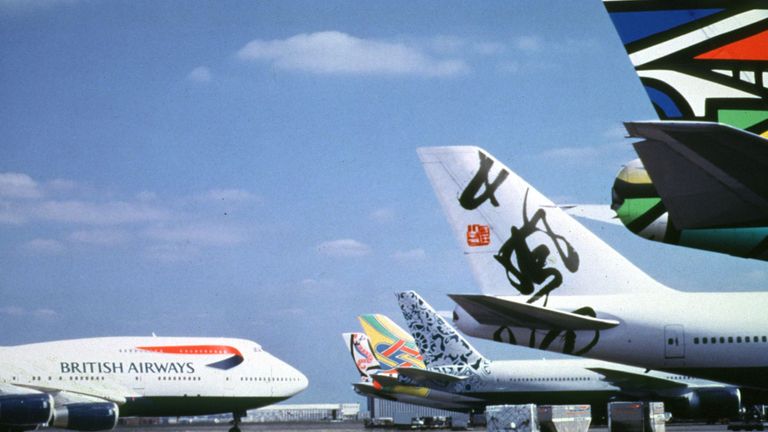
Find out more on Sky News: Maguire has stated that he did not authorize the Conservatives to utilize his photograph. The maximum amount of student debt in the United Kingdom, which is truly shocking, has been revealed.
However, it created a new controversy when Iran argued that the 2012 symbol portrayed the term "Zion," which refers to the Land of Israel in the Hebrew Bible. Iran disputes Israel's ownership of the land and thus raised objections to the use of the term in the logo.
Iran issued a warning that they might refuse to participate in the 2012 Olympics due to the disagreement - but ultimately, they took part in the event.
Not related to sports, British Airways caused a lot of anger from ex-Prime Minister Margaret Thatcher when they changed the design of their tail wings in 1997.
In the past, the airplanes of the corporation had a tail wing that was colored in red, white, and blue.
In 1997, the company invited artists from around the world to create a range of designs with the aim of shifting the airline's focus from its classic British style to a more "inclusive and compassionate" global image.
At the time, British Airways spent about £60 million on the relocation, which some people admired as "courageous".
Nevertheless, Mrs. Thatcher did not show her approval and instead displayed her disapproval by placing a piece of tissue on the tail wing of a miniature airplane.
"At that moment, she stated that we display the flag of Great Britain, not these terrible objects."



































































